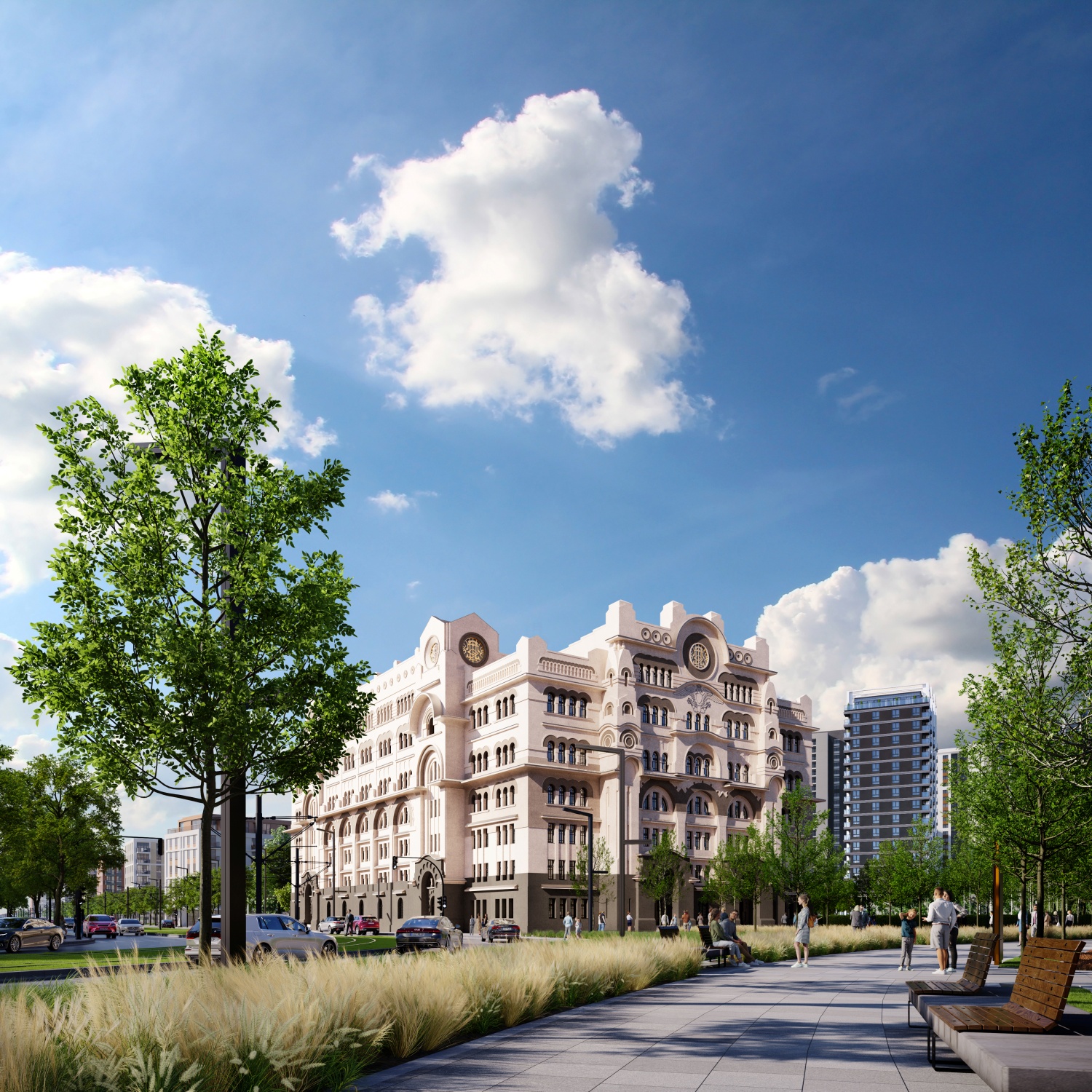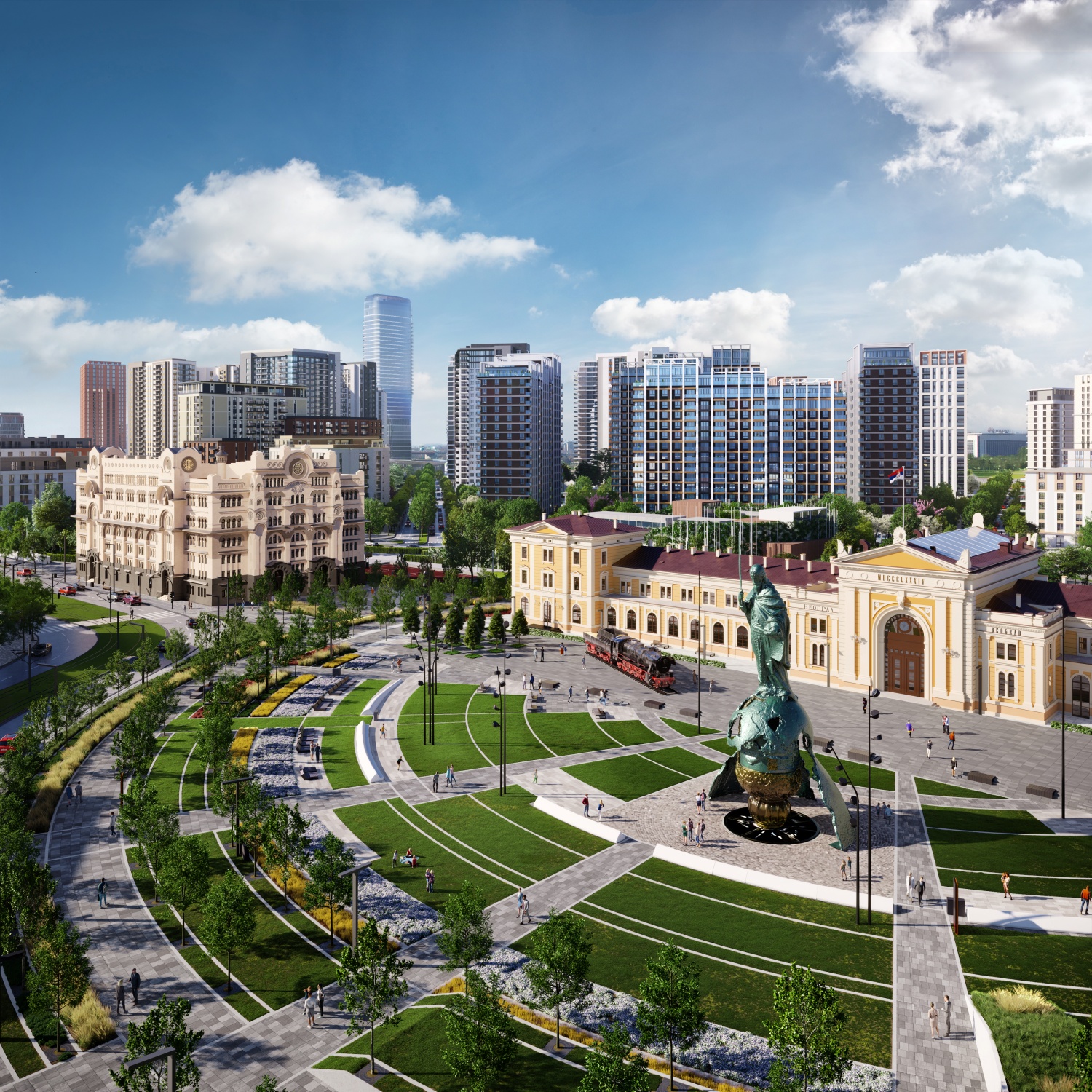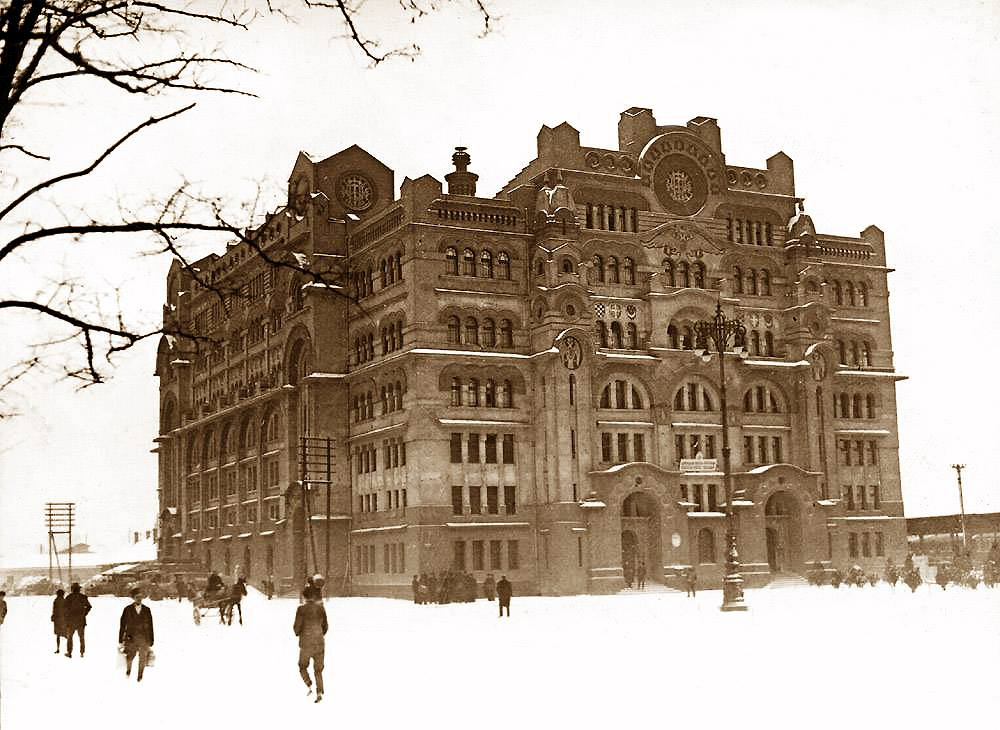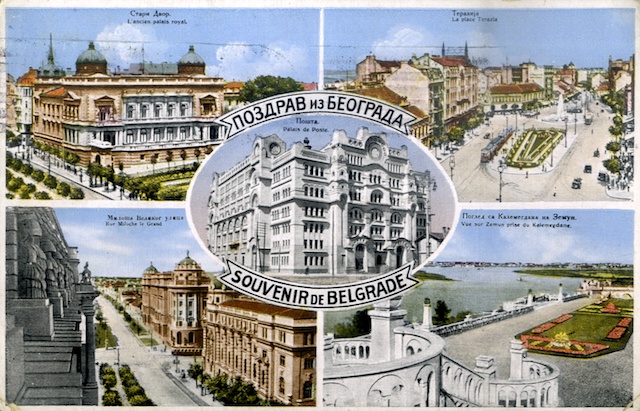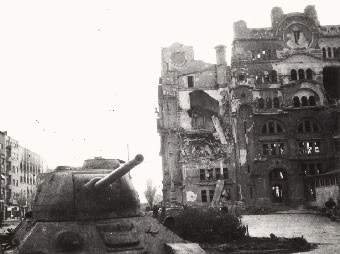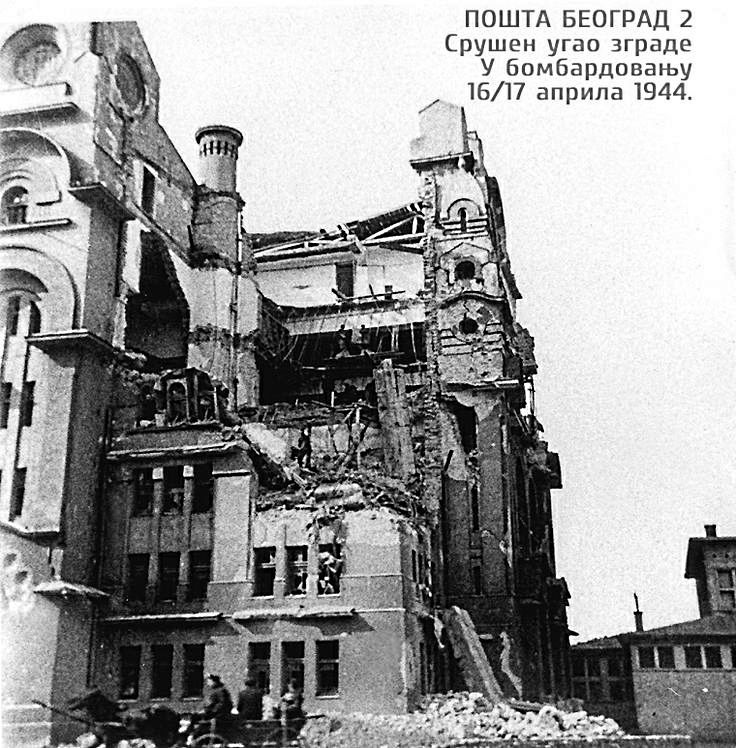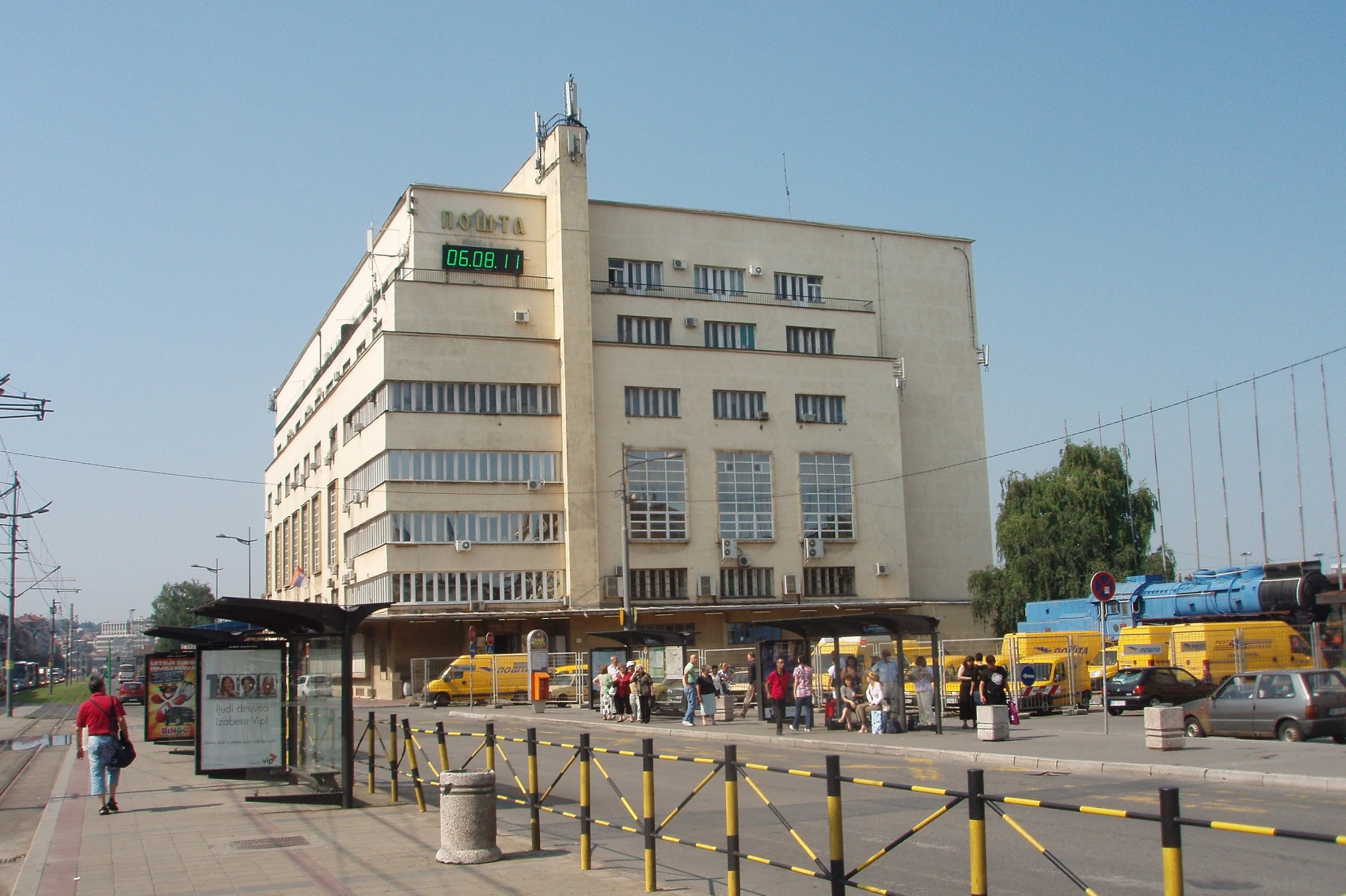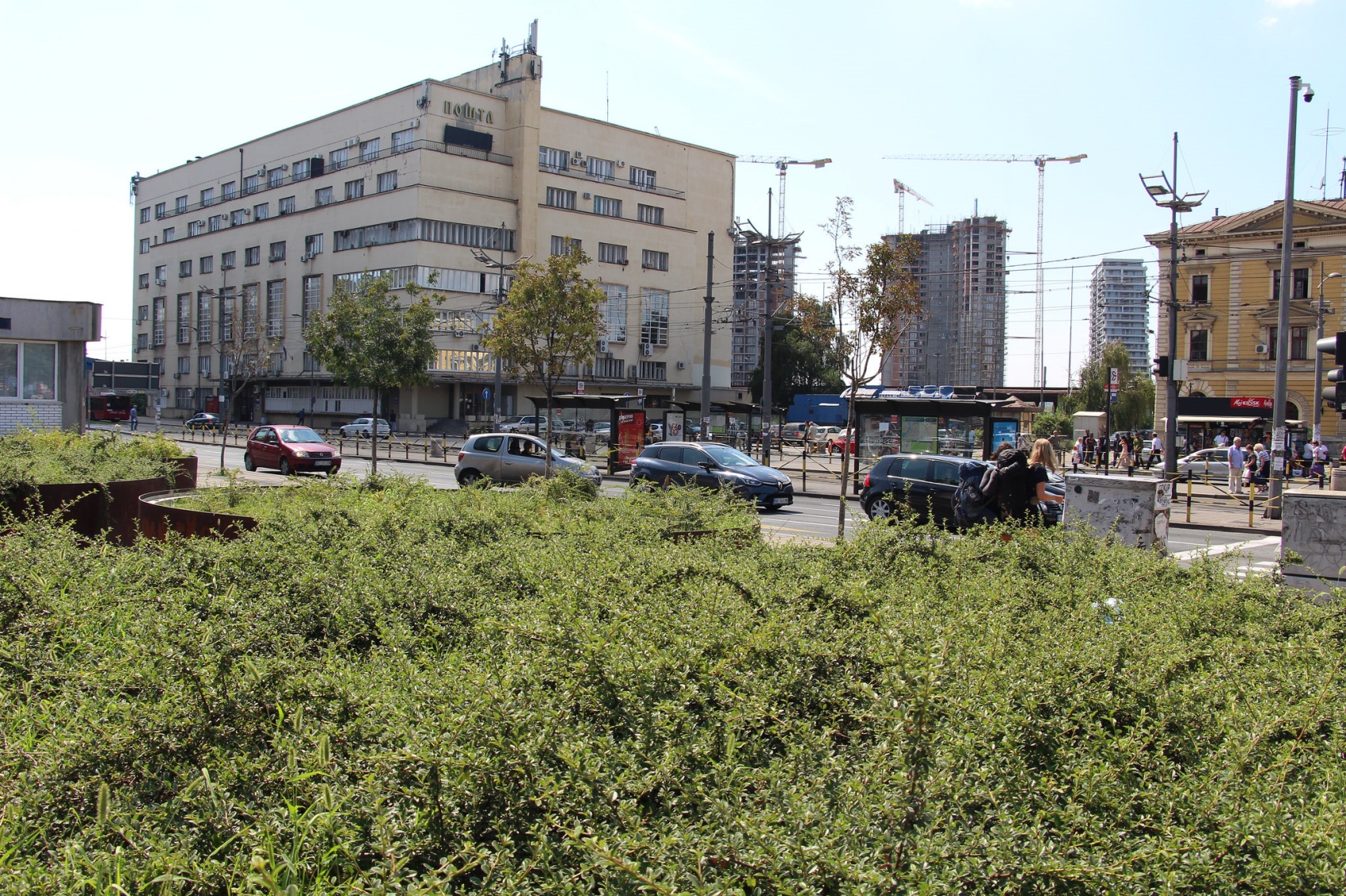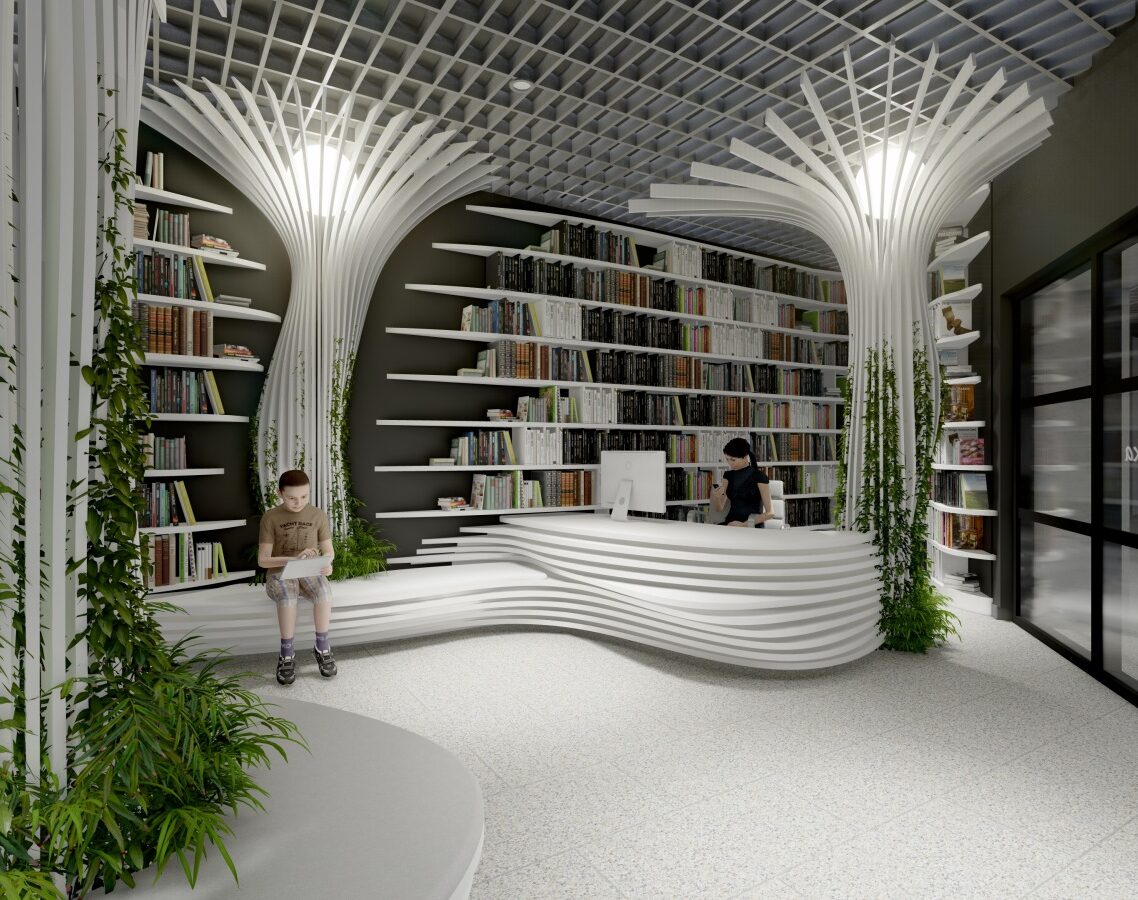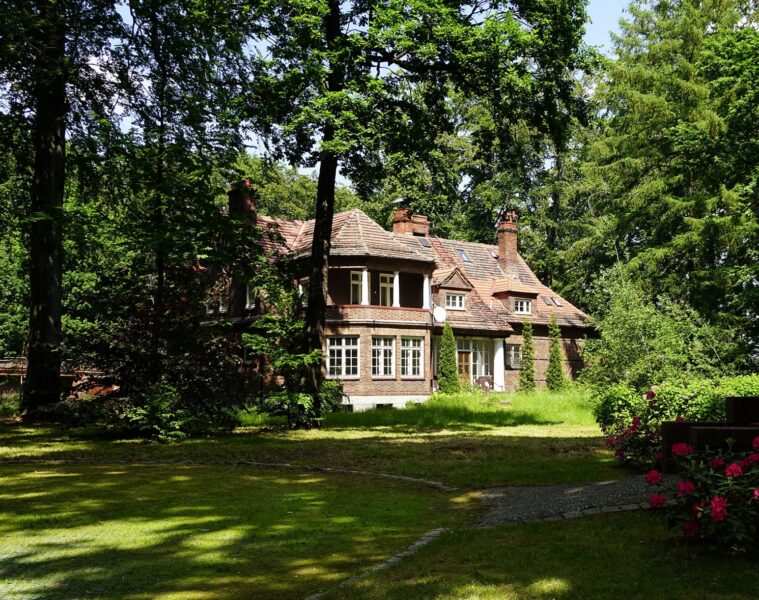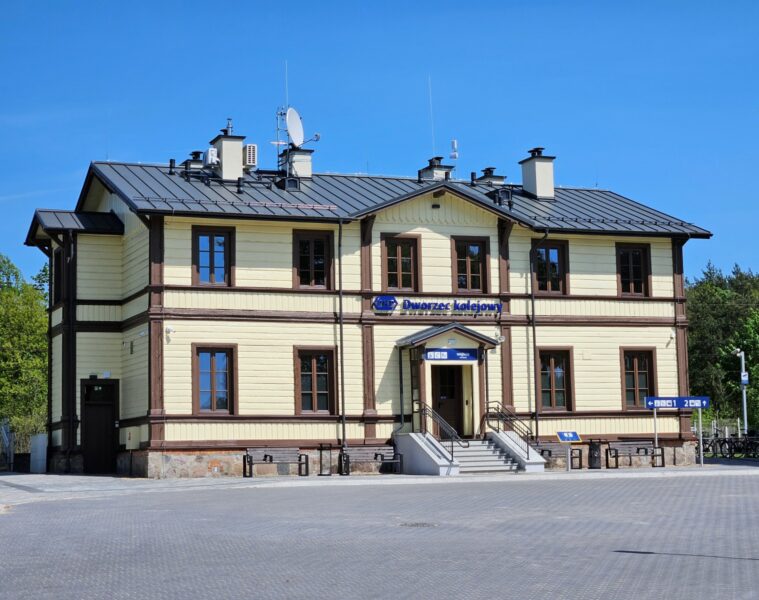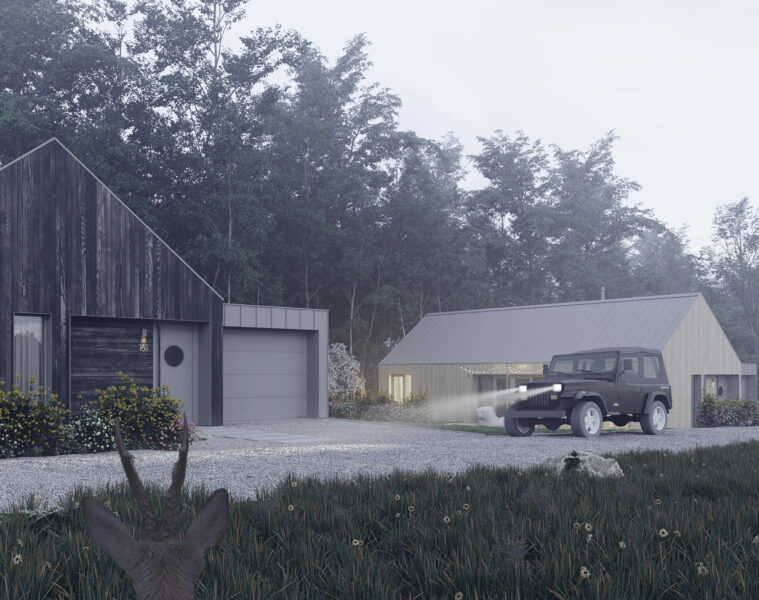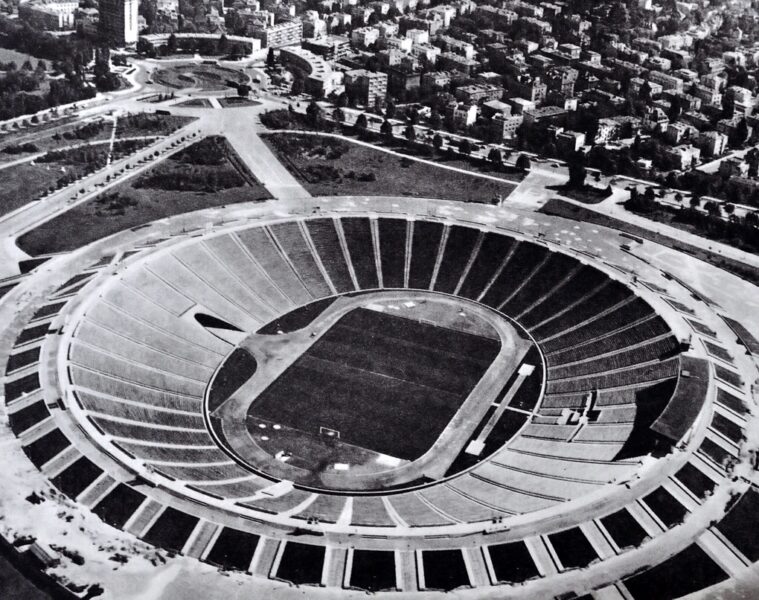The Serbian capital suffered heavily during the liberation of the country from German occupation in 1944. Particularly severe for the city’s buildings were the Allied bombardments, whose victims included the Old Post Office building in Belgrade. The Serbian-Byzantine edifice was the work of a talented architect sometimes referred to as the ‘Serbian Gaudi’. In 2024, the building is to be rebuilt and become part of the redeveloped Sava Square.
National style
The Old Post Office building in Belgrade was built in 1929 near the main station. Architect Momir Korunović’s emphasis in his work was on spreading designs in the Serbian national style. The architect’s outlook on national issues was shaped by wars with neighbours and then the First World War. Therefore, the architect’s showpiece work had to exude ,,Serbianness” and a national style.
In the case of the Old Post Office, the symbolism is by no means subtle. The façade, protruding from the mass, features a large two-headed eagle, which is one of Serbia’s national symbols. Its head is crowned with a crown and on its breast is the coat of arms of the Kingdom of SHS. The eagle appears on the façade in two more places on the buttresses. In essence, the eagle on the building and the rest of the mentioned decorations are the architect’s variation on the actual coat of arms of Yugoslavia.
A level below are the three coats of arms of the individual states that make up Yugoslavia. From the left, one can see the Croatian chequered flag, the Serbian cross and the golden letters ‘C’. Finally, the Slovenian coat of arms is depicted in the form of three six-pointed stars and a crescent. The Albanians and Macedonians did not receive their own presentation in the coat of arms of the kingdom. According to the dominant nations, the others did not constitute separate nations. The Bosnians were seen as Muslim Serbs and the Albanians as non-Slavs who did not subscribe to the prevailing doctrines of Panslavism.
Serbian Byzantium
The style of the building itself is actually a confusion between Art Nouveau and the aforementioned Serbian-Byzantine style. Hence the mix between Art Nouveau entrances and regular Byzantine windows. Although the black and white photographs do not convey the variety of colours of the Old Post Office, the building was painted in several colours. This element is common to both styles. Art Nouveau ornamental elements can be seen in some of the windows. In addition, the “Byzantine” style of the Serbian national style refers to the 14th century Vardar style. Buildings in that style were part of the heritage of Byzantine architecture in Serbia.
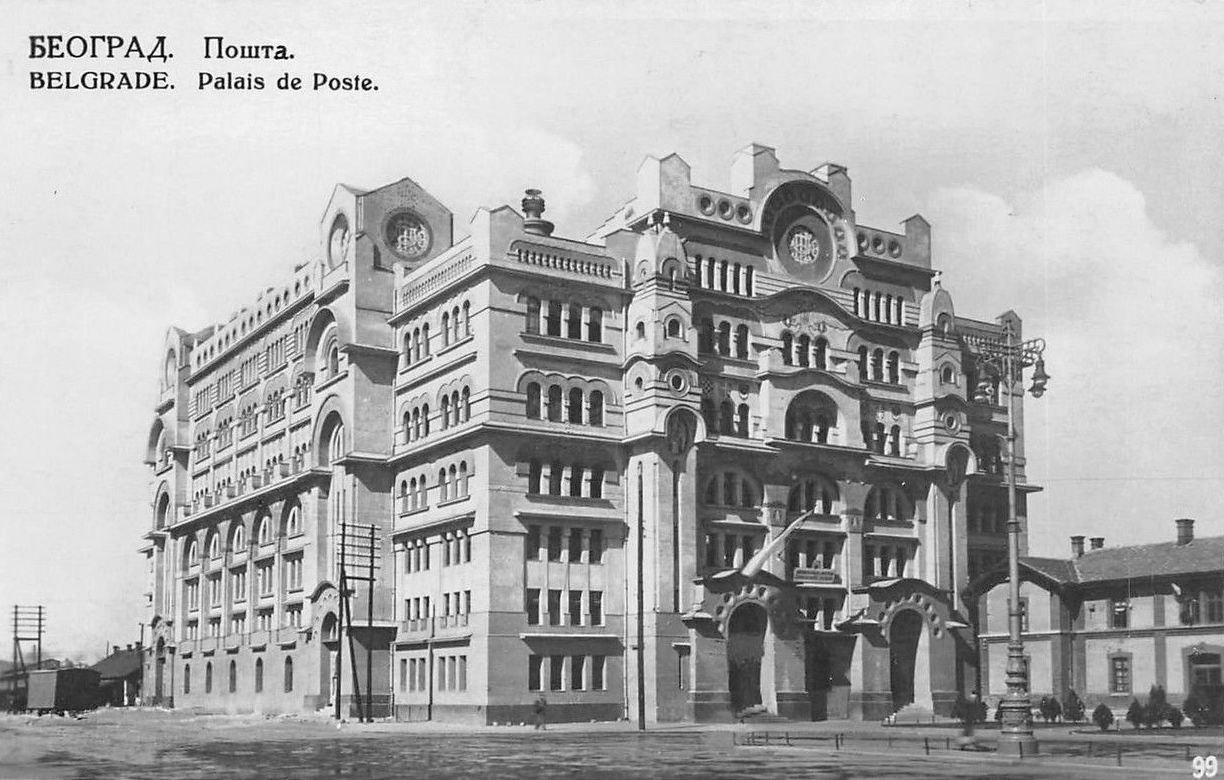
For a broader historical context, it is worth mentioning the rather symbolic year in which the building was completed. Korunović completed the post office building in the same year that the regime of the Kingdom of Serbs, Croats and Slovenes changed to the Serbian dictatorship of King Alexander I. The Kingdom of Yugoslavia was established and the mood in the state led to heightened national frictions. The national style and its prominent representative, the Old Post Office building, helped to reinforce Serbian dominance.
The backbone of greatness
The Old Post Office was bombed during the Allied air raids on Belgrade. However, after the raids ended in August 1944, the Germans did not withdraw from the city and went on the defensive. In September, the Belgrade Operation began, during which the Red Army, together with Tito’s Yugoslav partisans, occupied Belgrade. During the operation, most of the city’s historic buildings were destroyed.
After the war, the communist authorities built a new post office building on the site of the demolished Post Office No. 2 in Belgrade. It cannot be said that the functionalist building of 1947 is a communist nightmare, but the new post office building was nowhere near its ornate and unique predecessor. The authorities deliberately failed to recreate Korunović’s idea. What remained of the ornate post office was a skeleton.
Reconstruction of Korunović’s masterpiece
The Sava Square project, a refreshed square in front of Belgrade’s railway station, is due to be completed in 2024. A key part of the project is the reconstruction of the historic Old Post Office and the renovation of the historic Bristol Hotel. Belgrade Waterfront wants to recreate part of the lost urban fabric in a useful way. A cultural centre with a theatre, library and children’s museum will be built in the Old Post Office building. In addition, a bilingual primary school is to be built behind the station and post office, as well as a number of facilities for younger people. The post office building itself is to be recreated faithfully to the original. Nevertheless, some of the rich Serbian symbolism is not visible in the visualisations.
Momir Korunović’s legacy has been abruptly removed by the communist authorities. He is one of Serbia’s most interesting architects and it is only today that the memory of his designs is returning to public debate. Thanks to Sava Square, the city of Belgrade is healing its wounds and setting an example to follow in combining history with utility.
Visualisation source: Belgrade Waterfront
Read also: Architecture | History | City | Curiosities | Secession | whiteMAD on Instagram


